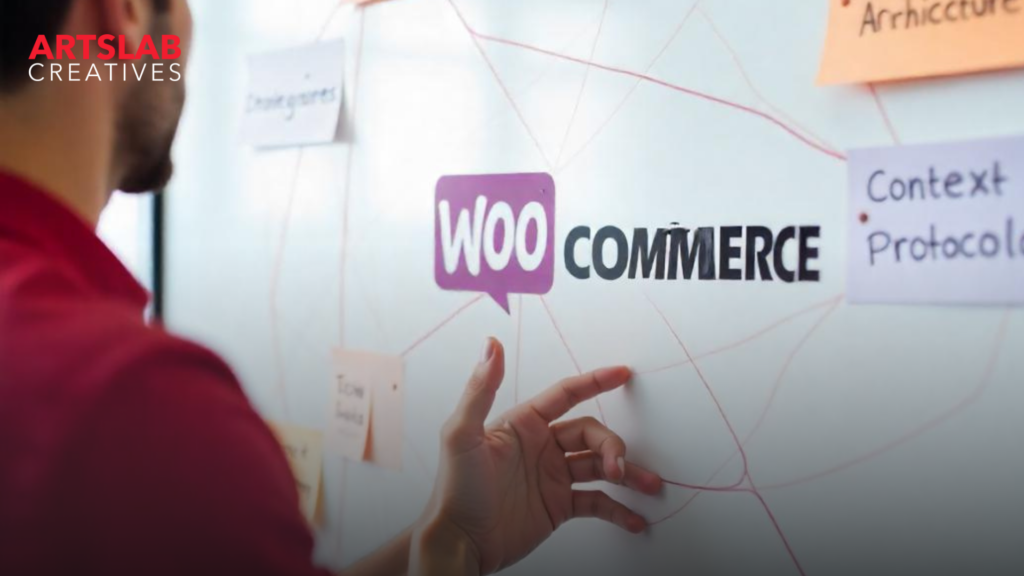In modern WordPress development, especially when building for extensible platforms like Elementor and WooCommerce, it’s essential to architect your code in a modular, maintainable way. One powerful approach is to follow the Model-Context Protocol, a pattern that provides structure and clarity to complex WordPress plugin development. In this post, we’ll cover what the Model-Context Protocol is, and then walk you through how to apply it to write custom plugins for Elementor and WooCommerce.
What is the Model-Context Protocol?
Model-Context Protocol (MCP) is a design pattern used in plugin and app development to create separation of concerns and better encapsulate data (Models), business rules (Contexts), and services/utilities (Protocol). In essence, it helps structure your plugin in a clean way.
Core Concepts
- Model: Represents data entities – typically mapped to WordPress post types, users, terms, or custom database tables.
- Context: Contains logic and rules specific to how a model behaves in a certain environment. For example, the way a product behaves in the checkout context may differ from the product editor context.
- Protocol (or Service): Utilities or helpers that provide reusable logic, such as date formatting, API calls, or background processing.
Benefits
- Clean separation of logic
- Better unit testing
- Extensible architecture
- Scalable for teams and large applications
Digging Deeper into Core Concepts
Models
Models are the central data representations in your plugin. In the context of WordPress and WooCommerce, this often translates to:
- WooCommerce Products: These encapsulate product data like price, description, inventory, and variations.
- Orders: Represent customer purchases with information such as items bought, shipping details, and payment status.
- Users: WordPress users, which can have roles like customers and administrators.
- Custom Post Types: If your plugin introduces new data entities, custom post types can be models.
Contexts
Contexts manage the behavior of models within specific environments. They determine how the model interacts and responds. Examples in WooCommerce include:
- Checkout Context: Logic for handling product availability, discounts, shipping calculations, and payment processing.
- Product Page Context: How product details are displayed, related products, and add-to-cart functionality.
- Admin Order Edit Context: Operations for managing orders by administrators.
- Cart Context: Logic related to items in the shopping cart, quantity adjustments, and cart totals.
Protocols (Services)
Protocols provide reusable functionalities, making your code more modular and maintainable. Examples are:
- API Integration Service: Handles interactions with external APIs like payment gateways or shipping providers.
- Data Validation Service: Ensures data meets specific criteria before being saved to the database.
- Email Service: Sends notifications for order updates, password resets, etc.
- Logging Service: Records events and errors for debugging.
How MCP Helps E-commerce (WooCommerce)
Applying the Model-Context Protocol significantly improves WooCommerce development by:
- Simplifying Complex Logic: E-commerce involves numerous intricate processes. MCP breaks this complexity into manageable components.
- Enhancing Maintainability: When business logic is well-organized into contexts, updates and changes are easier to implement without affecting other parts of the system.
- Improving Testability: Each component (Model, Context, Protocol) can be tested independently, leading to higher code quality.
- Facilitating Collaboration: With clear responsibilities, different developers can work on different parts of the system without conflict.
- Enabling Reusability: Protocols can be reused across various contexts, reducing code duplication.
Example Scenario
Consider a scenario where you need to implement a custom discount rule in WooCommerce.
- Model: `WC_Product` (WooCommerce product class).
- Context: `Checkout_Context` (Handles checkout-specific logic).
- Protocol: `Discount_Service` (Calculates and applies discounts).
In this approach, the `Checkout_Context` will use the `Discount_Service` to calculate the discount for a `WC_Product` based on specific rules, keeping the discount logic separate and reusable.
Implementation Considerations
- Planning: Carefully design your models, contexts, and protocols before writing code.
- Abstraction: Use interfaces and abstract classes to define contracts between components.
- Dependency Injection: Pass dependencies (like services) into contexts rather than creating them within the context.
- Autoloading: Set up autoloading to manage class loading efficiently.
By applying the Model-Context Protocol, your WooCommerce plugins can become more robust, flexible, and easier to manage, ultimately leading to a better e-commerce experience.







